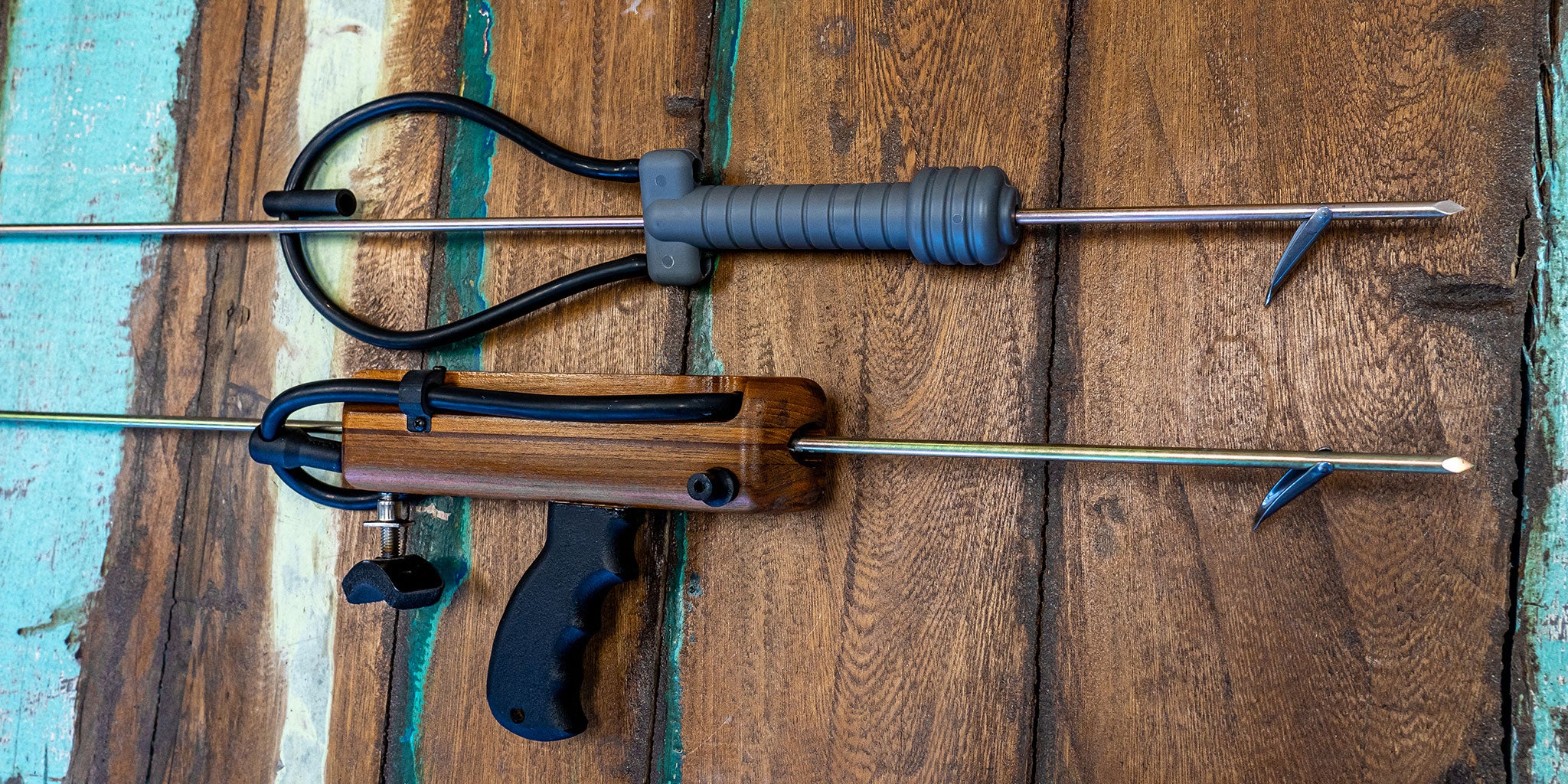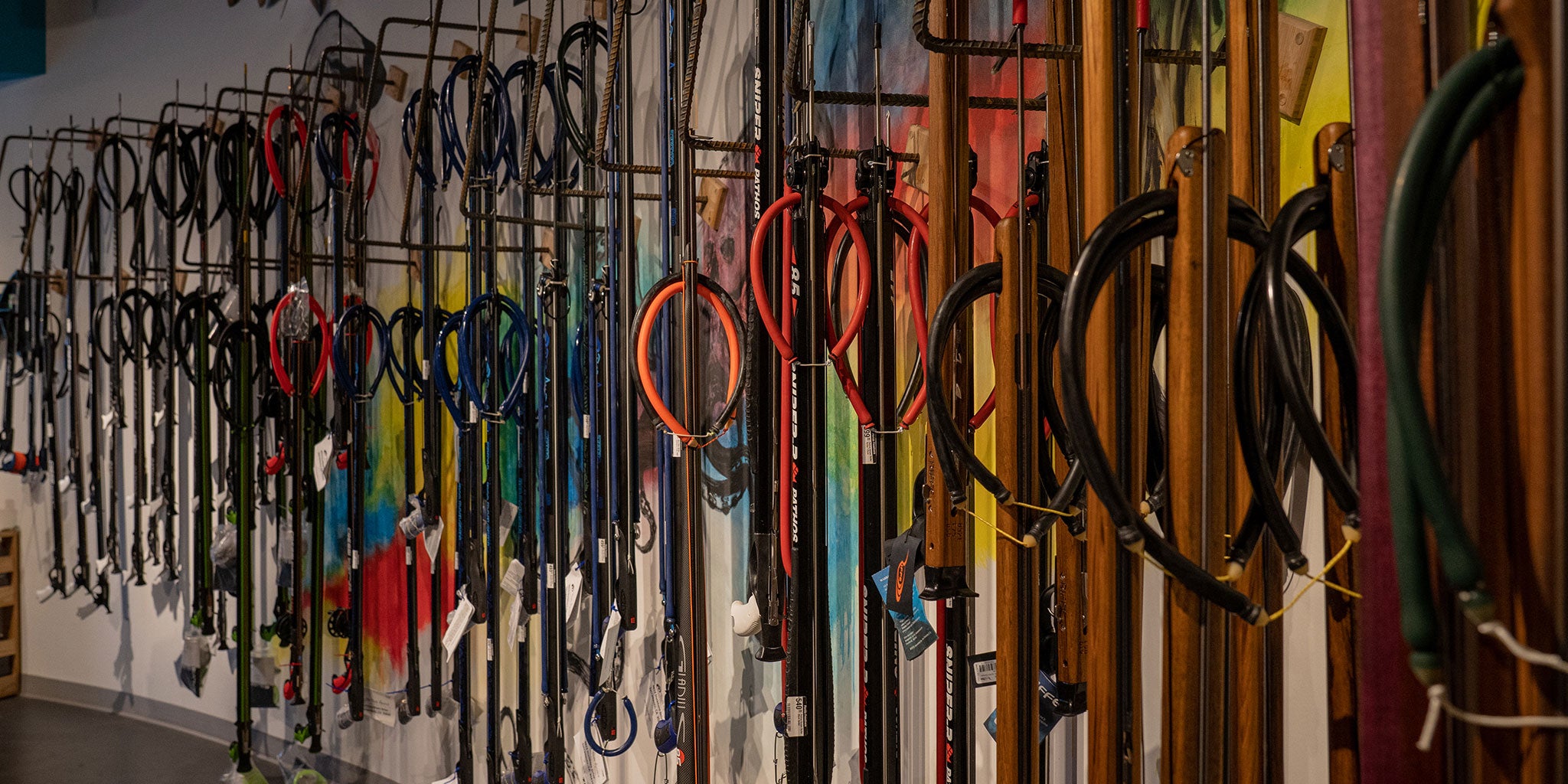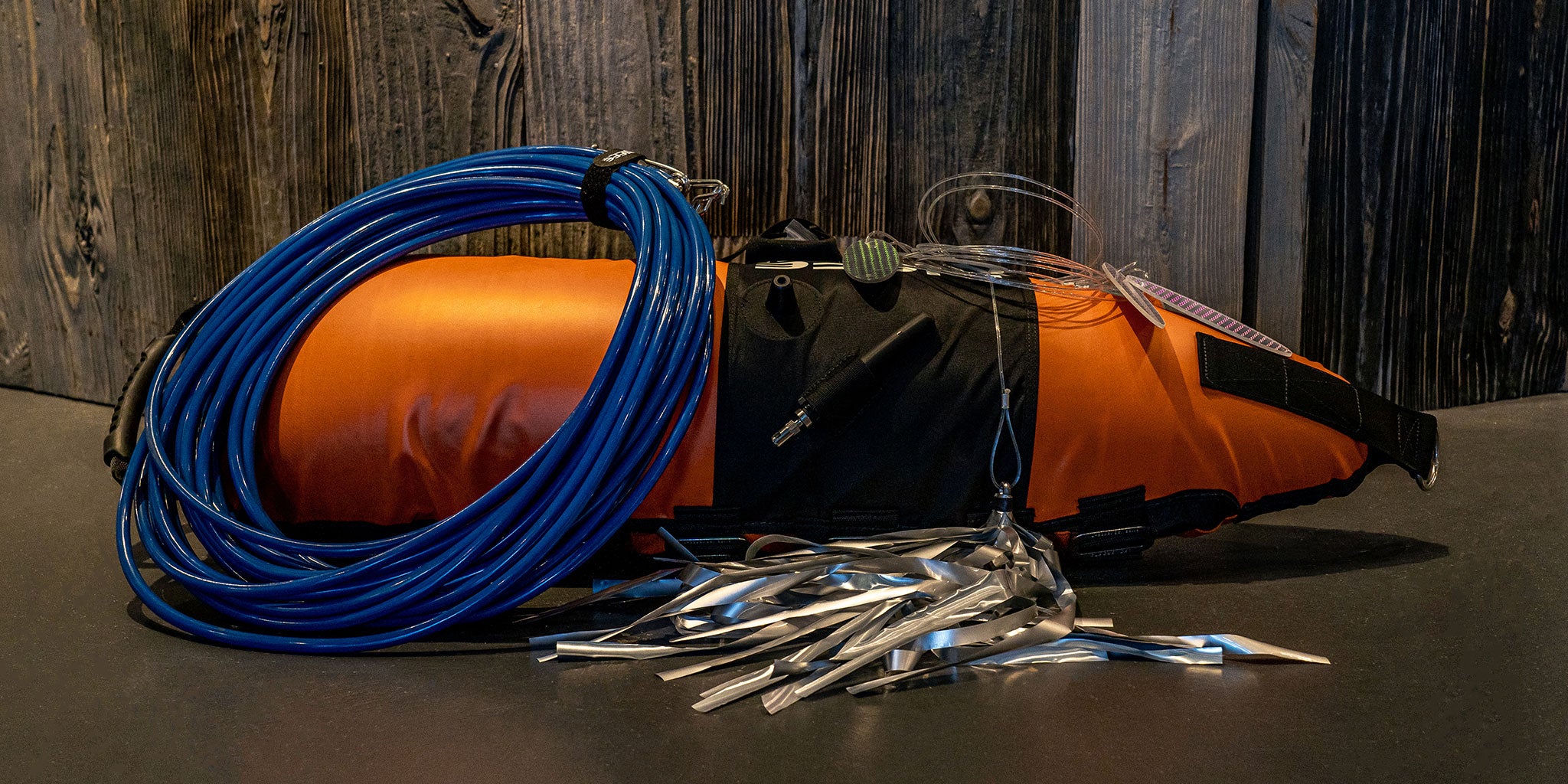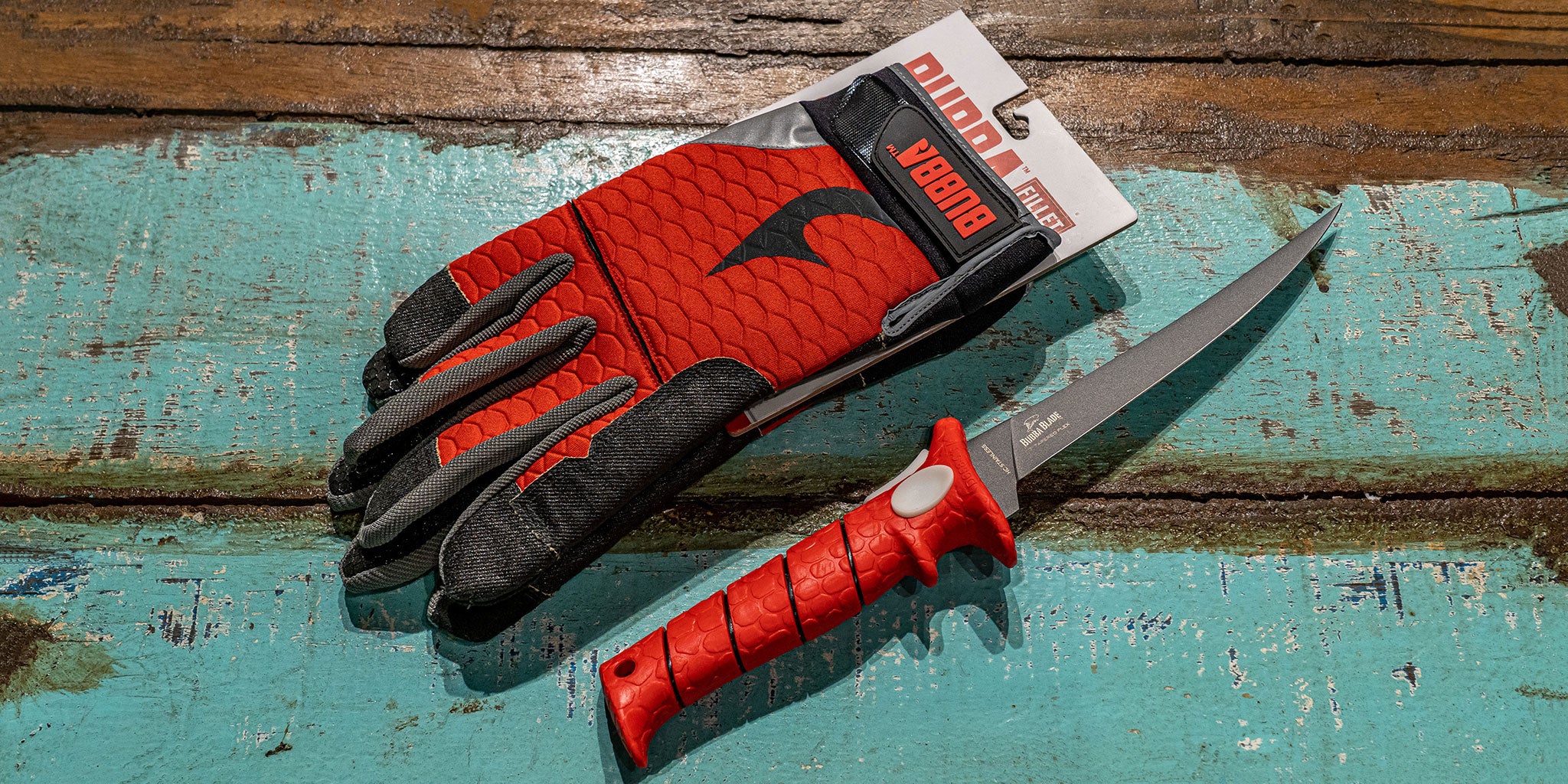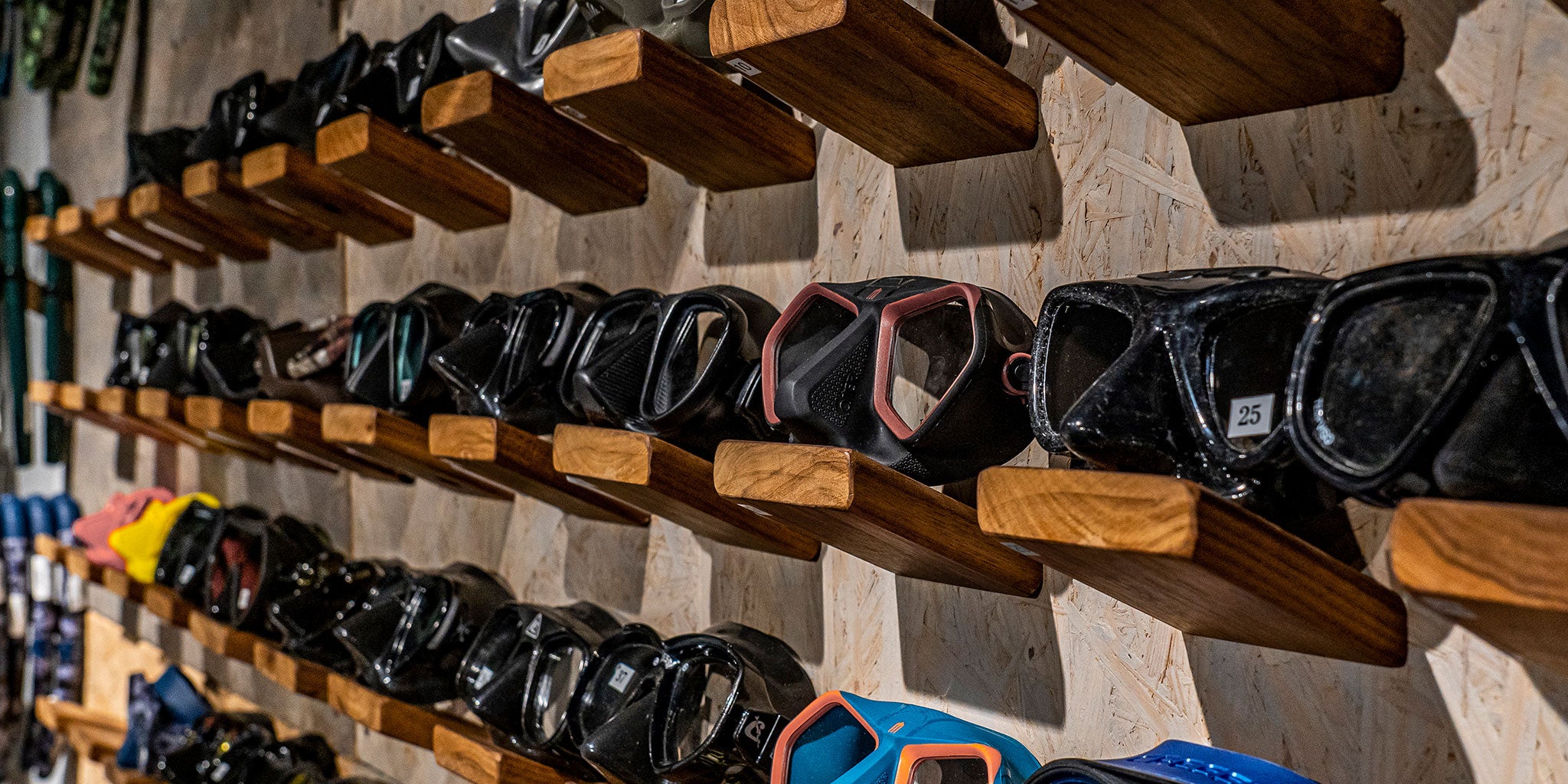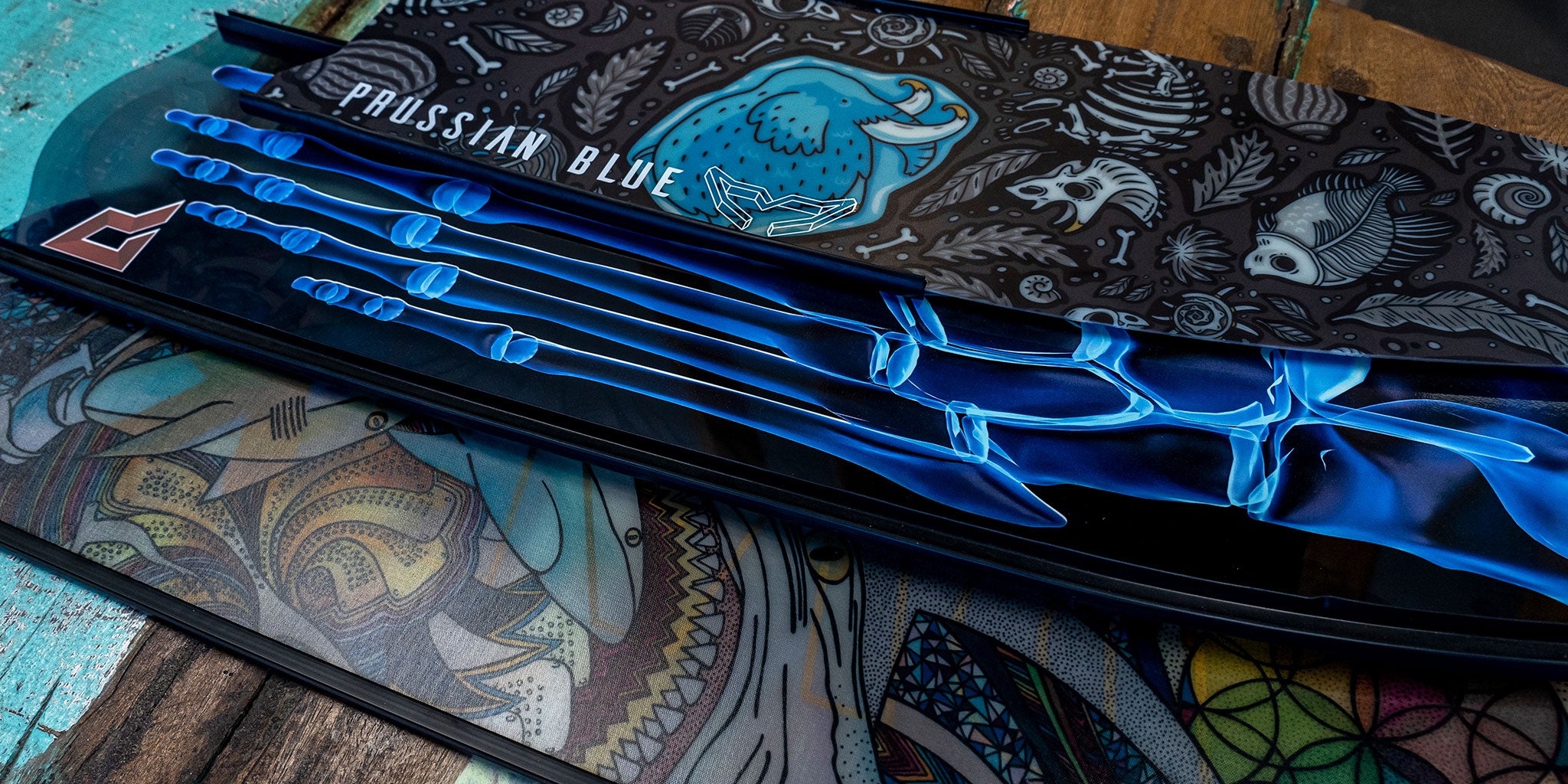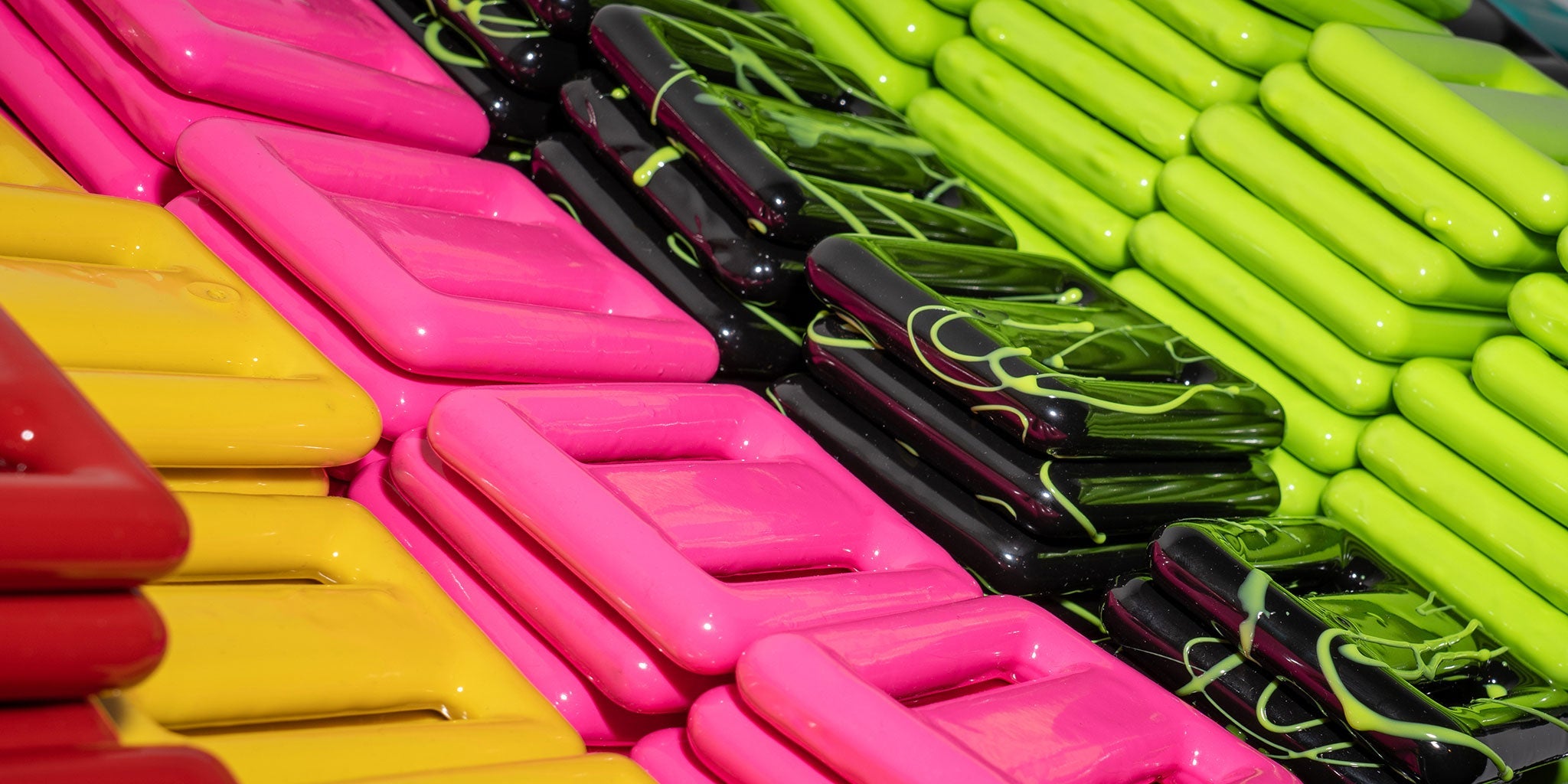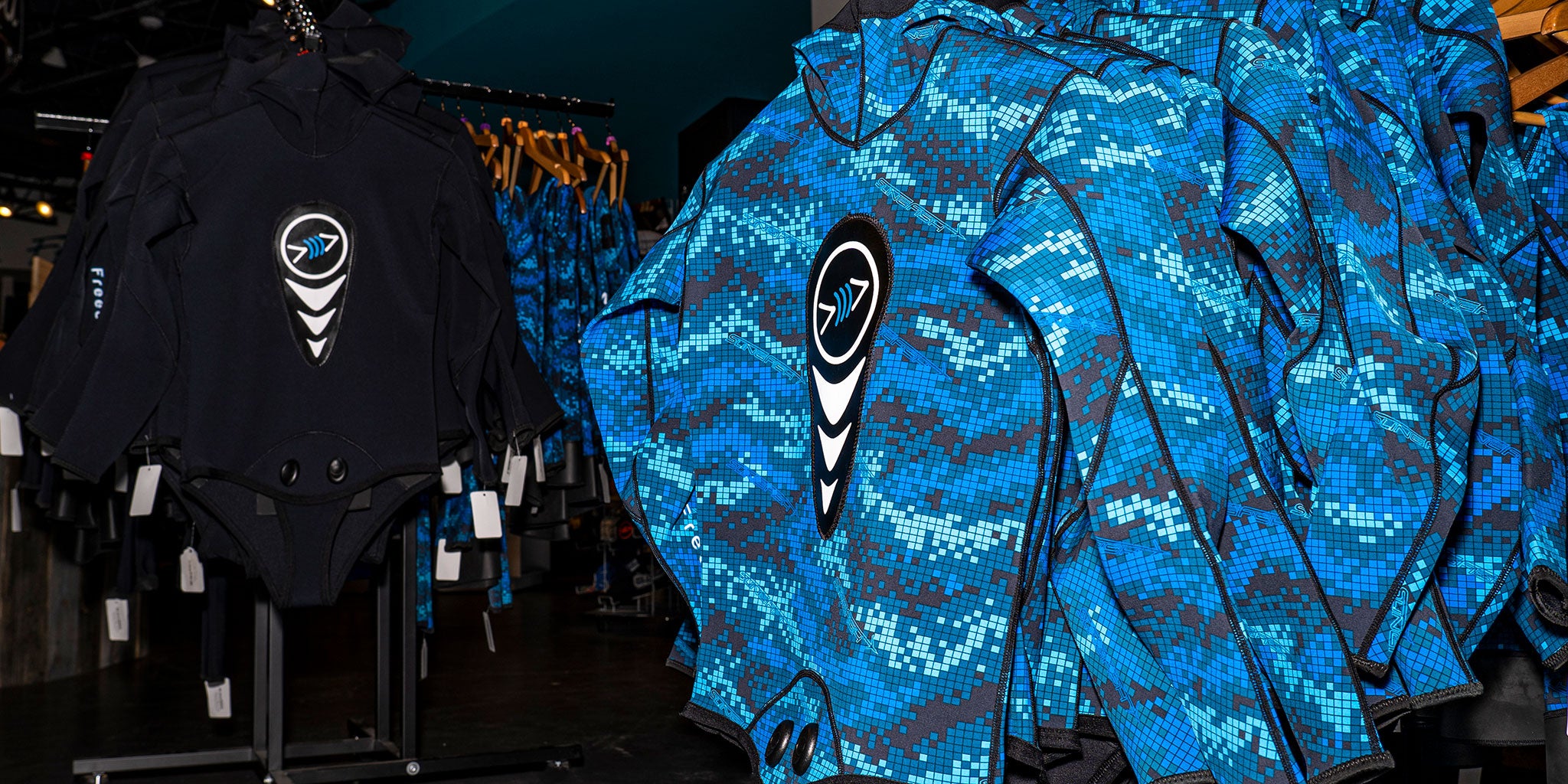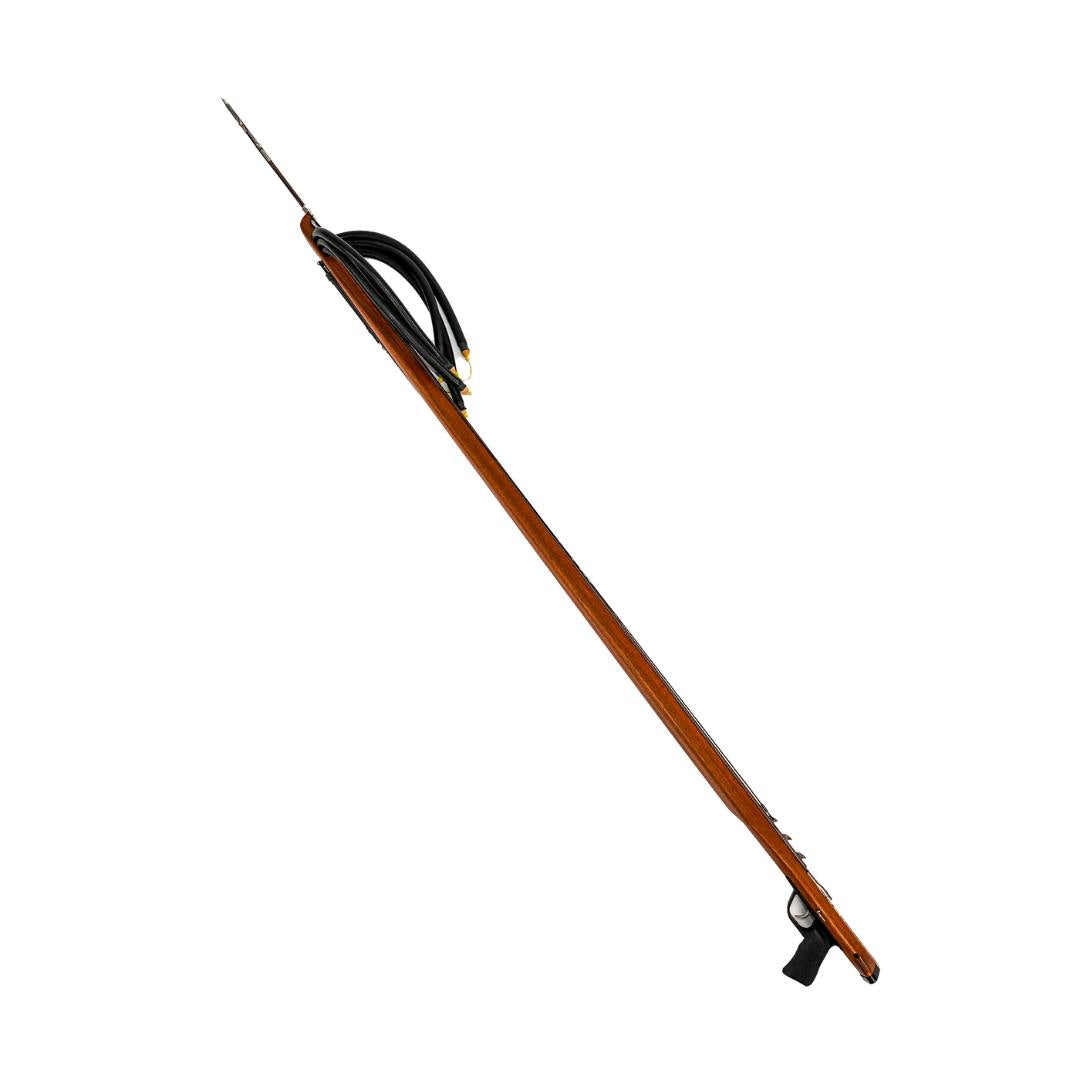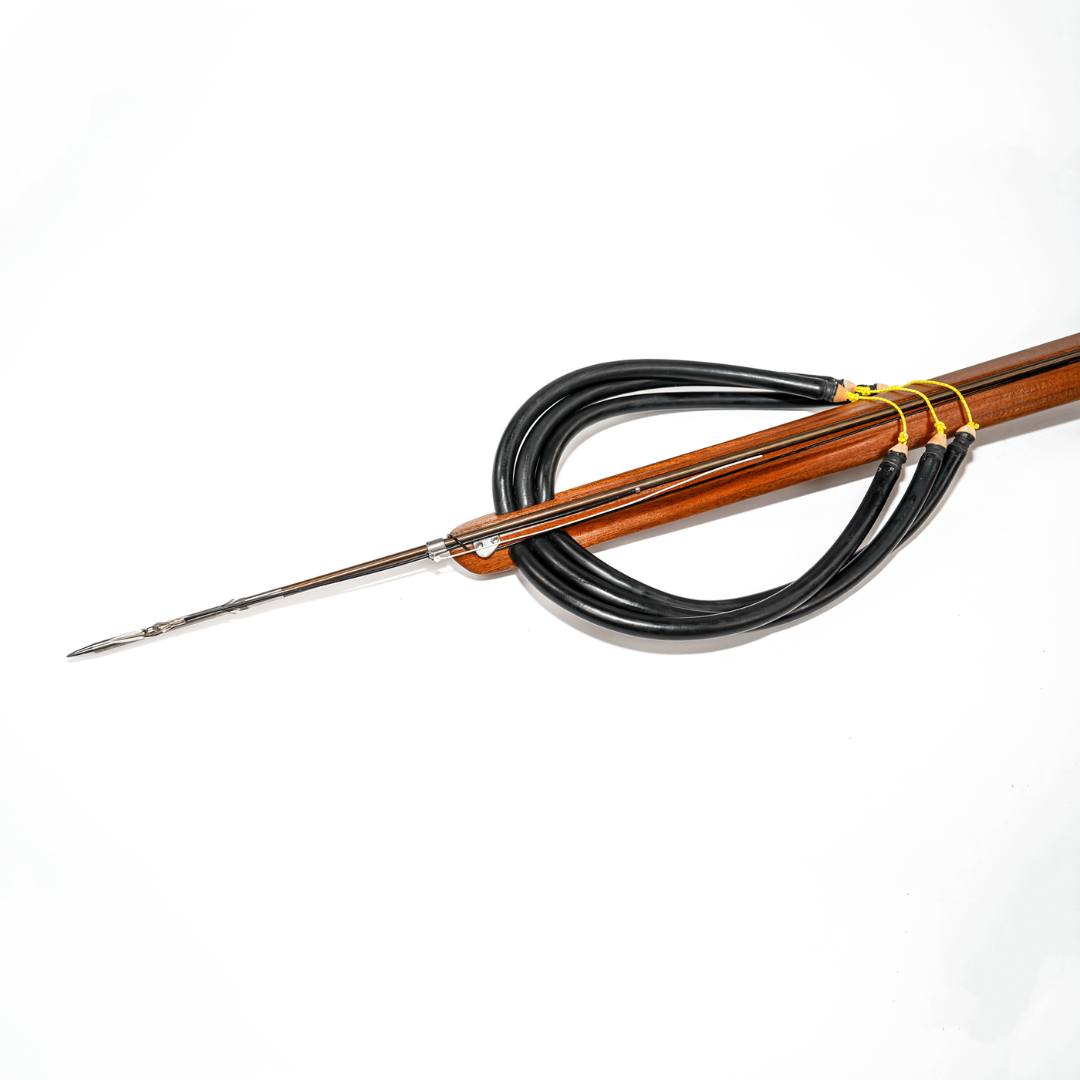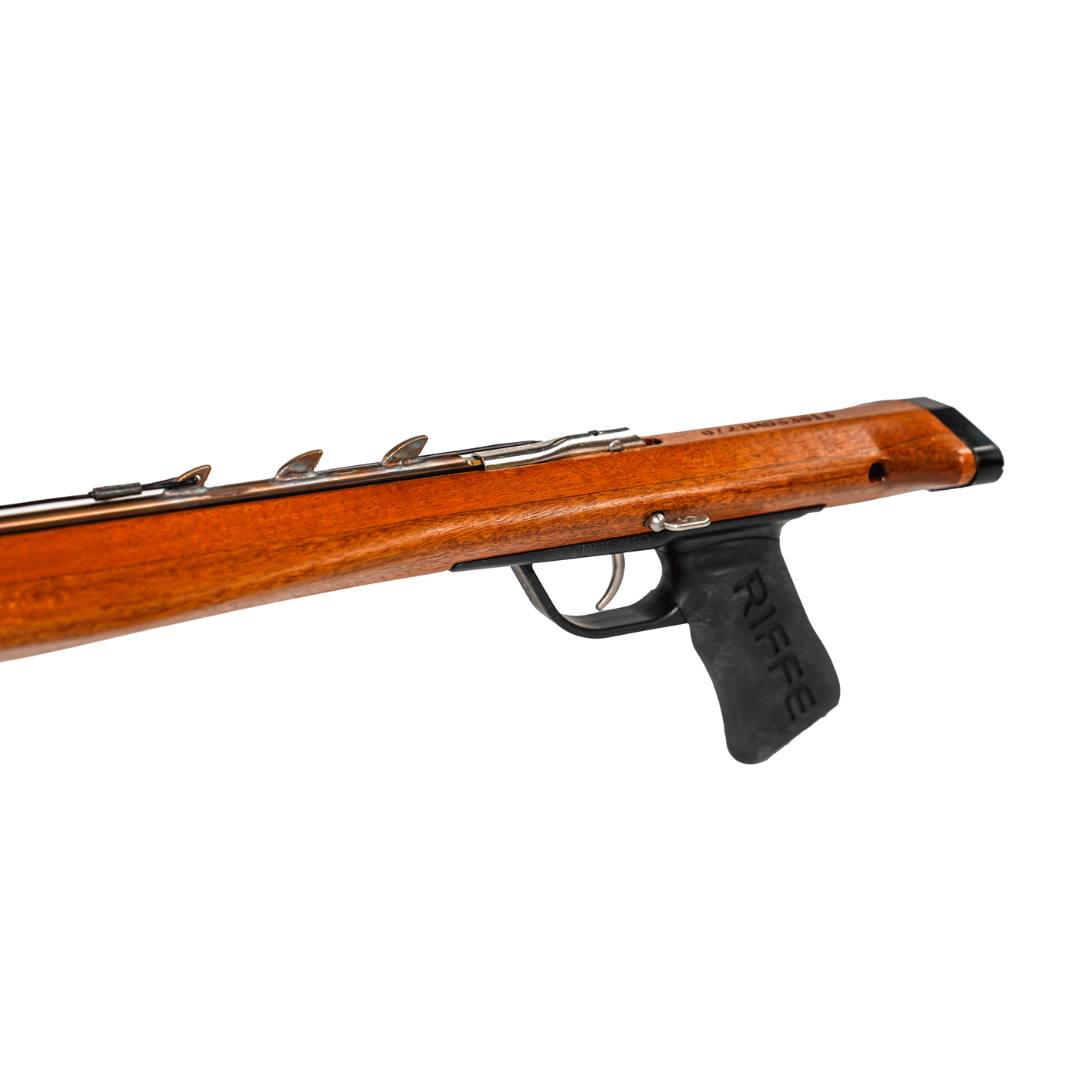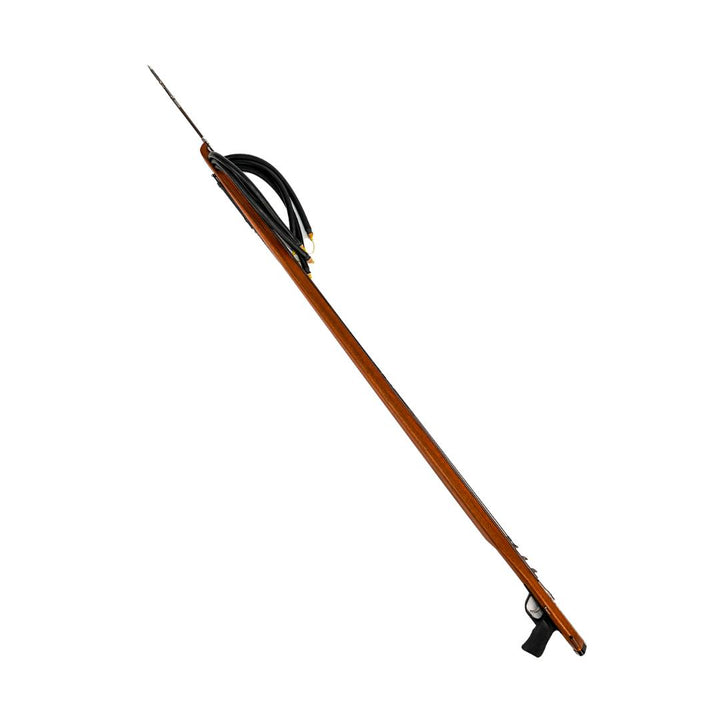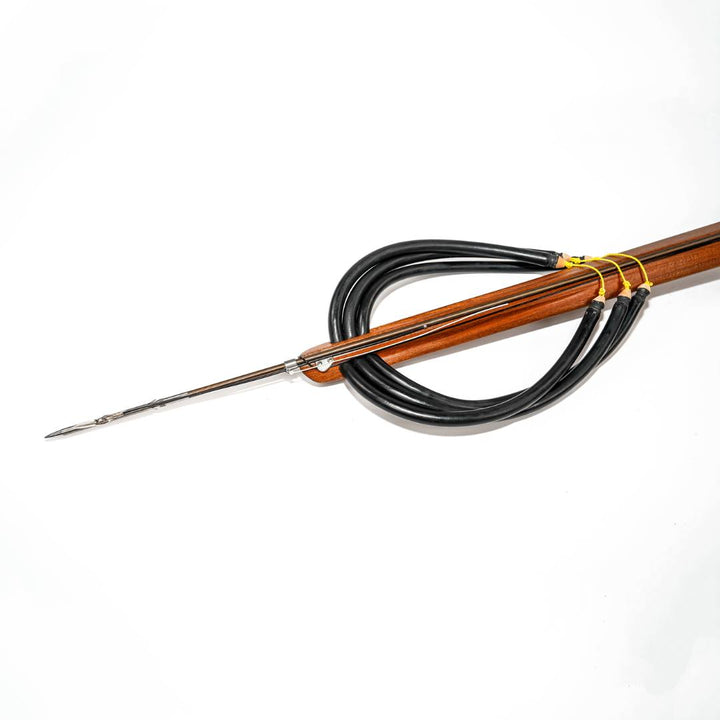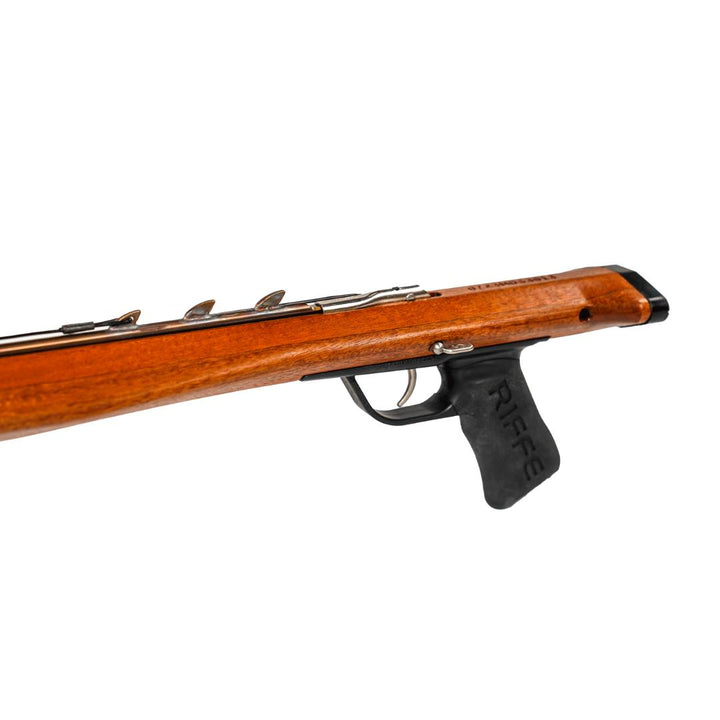BLUEWATER SPEARFISHING: WHEN PATIENCE PAYS OFF

Bluewater Spearfishing Adventures Chasing Wahoo in the Florida Keys and Baja, Mexico
Lisa Stengel - Florida Freedivers Team Diver - Wahoo is an endurance fish; waiting for them to show up is the only time I’ve experienced a true chronostasis phenomenon. Have you ever stared at a ticking clock and felt like time slows down to the point of stopping? That’s chronostasis.
Staring at nothing for an extended amount of time makes optical illusions for your brain, testing your patience and focus. Wahoo are ghosts — just when you’ve become targeted on the tiny wriggling zooplankton visible in front of you, the wahoo appears. Whether it’s a dozen or a loner cruising by, it’s impossible to predict what will turn up while bluewater spearfishing. Patience is key.
Group consensus on the best conditions to bluewater spearfish for wahoo is that the water should be blue; but I’ve also seen them in green water in the middle of summer when I least expected it. Personally my theory is they're always there, it’s just easier for us to notice them in clear blue water. Full moon, half moon, blue moon or no moon, I’ve spent a lot of time floating during my bluewater spearfishig hunts and the wahoo always turn up when I’m paying the least amount of attention!
Patience pays off when bluewater spearfishing; fish come and go in an instant.
No matter where I’m hunting, the apparitional nature of wahoo is consistent. I was lucky to land a surprisingly easy shot on a wahoo that showed up to a well-known pinnacle while I was bluewater spearfishing in Baja, Mexico with my partner and friends. The water conditions weren’t perfect, but a small group of wahoo made a fleeting appearance to our flasher rig.
I quickly swam down and plugged the closest one as they were swimming away. Sharks aren’t as quick to mug you for your food in Baja, so I was able to take my time pulling the fish up to the surface.
We had a slow start to our bluewater spearfishing efforts that morning, as the only way to get to the spot from where we launched the panga was by trailering the boat across the peninsula. It’s a fun ride with a beautiful backdrop for taking your fish pics. This wahoo felt easy because I had been patient, and learned better depth perception with the range of my Riffe Marauder.
I make a point to try and hunt at least once a winter when we know the fish are running in the Lower Keys, so we planned another bluewater spearfishing trip down to our favorite place in Florida for back-to-back wahoos. We had two days to find them and good reports on wahoo sightings. Our first day’s roll of the dice was unproductive. Drift after drift, we waited with no sightings. The day was ending quickly with an empty cooler, so we abandoned the wahoo grounds to shoot reef fish. It turned out to be the right move, we snagged a full mixed bag of snapper, grouper, kingfish, yellow jack, ceros, and even crab. Day two would be a full wahoo strike mission.

"The float briefly tombstoned as I prayed the slip tip had toggled through the fish."
Clearer water and anticipation started our next morning drifts. A lone zebra made its way out of the blue towards the flasher rig. I had been zoning out of course, focused on the small zooplankton floating around me for entertainment, scanning up, down, and everywhere. I would have completely unnoticed this wahoo if it weren’t for James’ shouts at the surface. “Wahoo! Wahoo! Right there!”
I looked down to see its striped body bolting straight for the bottom of the flasher rig, investigation mode engaged. It wouldn’t be long before the fish would realize the flashy bits were not of interest, I had no time to breathe up. I took as deep of a breath as I could quickly pack in, and dove straight down. The fish was already leaving to continue its cruise through the deep blue water. I reached the end of the flasher, waiting to look up at the fish until I arrived at an appropriate depth.
Still swimming away, the wahoo tipped its head slightly sideways the way they do, for a peripheral glance in my direction. It was just enough of a pause for me to judge that the fish was still well in range; my Riffe Marauder sliced through the water and whacked the fish in the posterior half of its body. The float line glistened through the water, drawing an arc along the wahoo’s path of escape. I swam up to the surface with just the gun’s wooden barrel, resisting the urge to grab the line and wait to let the float work its resistance. The float briefly tombstoned as I prayed the slip tip had toggled through the fish.

Just as I slung the gun bands around my shoulder, the float careened across the water’s surface. I’ve never had a wahoo get that far away from me. Excitement, adrenaline, and surface chop all added to the mental commotion. Furiously swimming after the float, I even lost sight of it and contemplated getting in the boat—carrying the gun barrel was hindering my speed. The float bobbed back into my line of sight and the sprint was on. The float’s momentum slowed as I caught up. I gently clasped the float line and tested its tension.
Hand over hand, ever so gently, I threw more and more line behind me. The fish was not yet in sight, but it could feel my presence on the line and tugged against my efforts. I let it slip through my fingers, carefully maneuvering a game of tug-o-war. Bluewater spearfishing is not a time to get aggressive. The fish was quickly giving up, and its torpedo body was finally coming into view. With no patience left to check on how the shot was holding up, James descended to deliver a quick fatal blow that would commence the celebration, and the dinner plans.
For every bluewater spearfishing story I have about a wahoo I’ve landed, I have two for those I've lost. I’ve learned to never get excited about a shot until that fish is in my hands. Just when I think it couldn’t have been easier, the next wahoo to come along proves me wrong. The same day at a different spot, a group of six or more wahoo appeared. I quickly fired another posterior shot towards the closest fish. This time, we were surrounded by sharks. James’ advice was to get the fish up quickly, so I hastily yanked the float line and felt that all-too-familiar release of tension. The group of wahoo heard my defeat underwater but it didn't matter; we’d still be eating sashimi!

Best Part of bluewater spearfishing is the meal.




